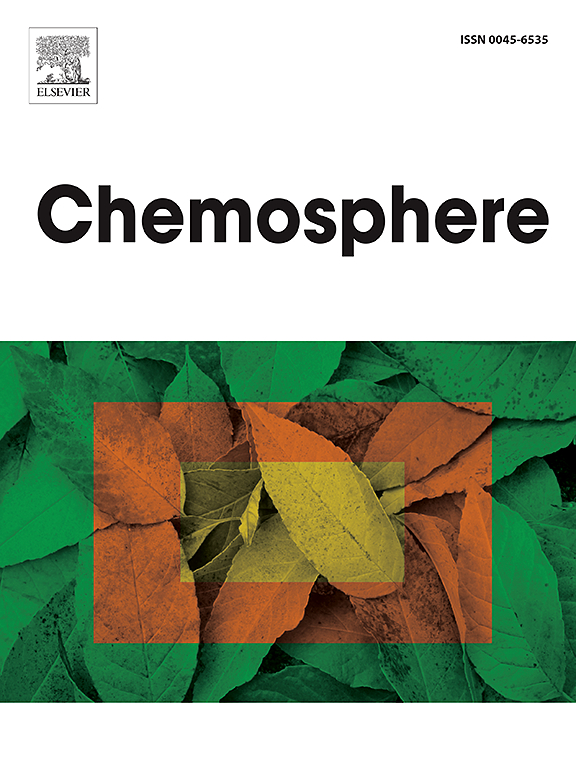Unraveling adaptive resilience, tolerance mechanisms, and mitigation potential of roadside tree species to vehicular emissions across urban habitats
IF 8.1
2区 环境科学与生态学
Q1 ENVIRONMENTAL SCIENCES
引用次数: 0
Abstract
Urban roadside trees (URTs) are crucial in mitigating air pollution and enhancing city ecosystem services. However, exposure to vehicular emissions and other human activities in urban areas poses significant morphological, physiological, and biochemical challenges that affect their adaptive resilience. This study elucidates the adaptive resilience and tolerance mechanisms of URTs subjected to vehicular emissions across various urban habitats. A plant functional trait-based approach was employed to assess seasonal modulations in the physiological responses, biochemical adaptations, and air pollution tolerance of five roadside tree species (Grevillea robusta, Lagerstroemia speciosa, Alstonia scholaris, Syzygium cumini, and Ficus religiosa) growing in habitats dominated by control sites (S1), societal interactions (S2), vehicular traffic (S3), and industrial activities (S4). We evaluated adaptive resilience by assessing functional traits such as stomatal conductance, transpiration, water use efficiency, nitrogen use efficiency, leaf thickness, proline accumulation, and total sugars. Air pollution tolerance was determined using the air pollution tolerance index (APTI), calculated based on antioxidant levels (ascorbic acid), chlorophyll content, relative water content, and leaf pH. The mitigation efficiency of tree species was assessed by evaluating their carbon assimilation, dust load capacity, and cooling effects across the studied habitats. All studied functional traits varied significantly across species and environmental conditions. The findings revealed that tree species with higher adaptive resilience and air pollution tolerance exhibited greater mitigation efficiency toward urban climate conditions and vehicular emissions. Furthermore, this study provides essential scientific insights into the adaptive resilience, tolerance, and mitigation efficiency of tree species in response to vehicular pollution. This approach may assist urban planners and policymakers select appropriate species for green belts and urban green spaces to adapt to and mitigate urban climate challenges and vehicular emissions.

求助全文
约1分钟内获得全文
求助全文
来源期刊

Chemosphere
环境科学-环境科学
CiteScore
15.80
自引率
8.00%
发文量
4975
审稿时长
3.4 months
期刊介绍:
Chemosphere, being an international multidisciplinary journal, is dedicated to publishing original communications and review articles on chemicals in the environment. The scope covers a wide range of topics, including the identification, quantification, behavior, fate, toxicology, treatment, and remediation of chemicals in the bio-, hydro-, litho-, and atmosphere, ensuring the broad dissemination of research in this field.
 求助内容:
求助内容: 应助结果提醒方式:
应助结果提醒方式:


